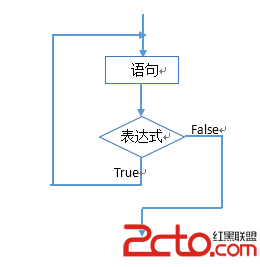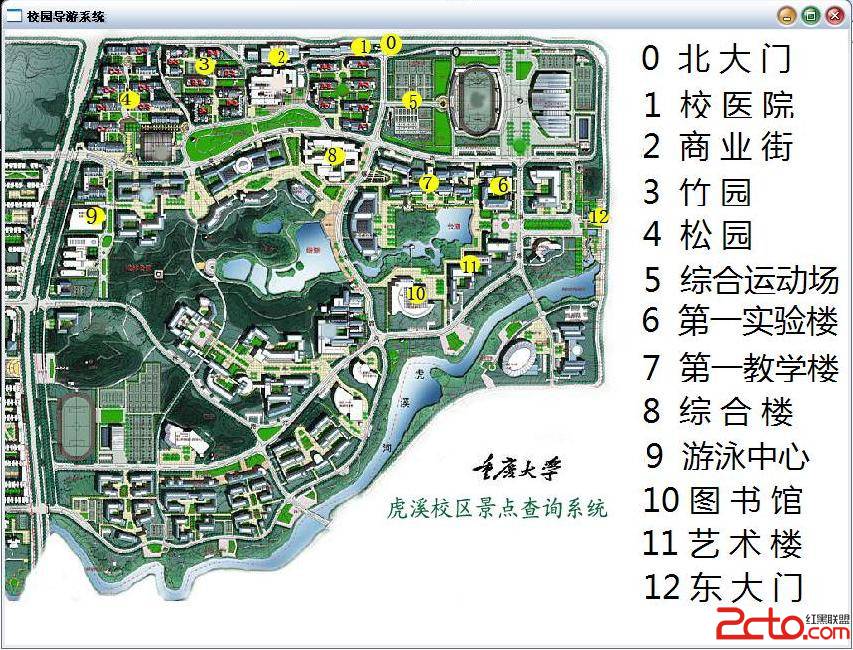HDU 4296 Buildings (YY)
题意: 给定N个物体,每个物体有两个参数w,s。 w代表它自身的重量; s代表它的强度。现在要把这些物体叠在一起,会产生一个PDV值。PDV解释:(Σwj)-si, where (Σwj) stands for sum of weight of all floors above.即为在i物体上方所有物体的重量和 - i的强度。
现在希望最大的PDV值最小....................
YY: 假设两个物体i,j,把谁放上面比较好? 假设把i放上面,则pdv1 = Wi - Sj;把j放上面 则pdv2 = Wj - Si;要使得pdv尽量小,设pdv1 < pdv2 则 Wi + Si < Wj + Sj
所以按照w+s由小到大sort,就能满足条件了......
#include <iostream>
#include <algorithm>
#include <cmath>
#include<functional>
#include <cstdio>
#include <cstdlib>
#include <cstring>
#include <string>
#include <vector>
#include <set>
#include <queue>
#include <stack>
#include <climits>//形如INT_MAX一类的
#define MAX 100005
#define INF 0x7FFFFFFF
using namespace std;
struct node {
int w,s;
}a[MAX];
int n;
bool cmp(const node &x, const node &y) {
return x.w + x.s < y.w + y.s;
}
int main() {
while(scanf("%d",&n) != EOF) {
for(int i=0; i<n; i++) {
scanf("%d%d",&a[i].w,&a[i].s);
}
sort(a,a+n,cmp);
__int64 sum = 0;
__int64 pdv = -INF;
for(int i=1; i<n; i++) {
sum += a[i-1].w;
pdv = max(pdv,sum - a[i].s);
}
if(pdv < 0) printf("0\n");
else printf("%I64d\n",pdv);
}
return 0;
}
补充:软件开发 , C++ ,




